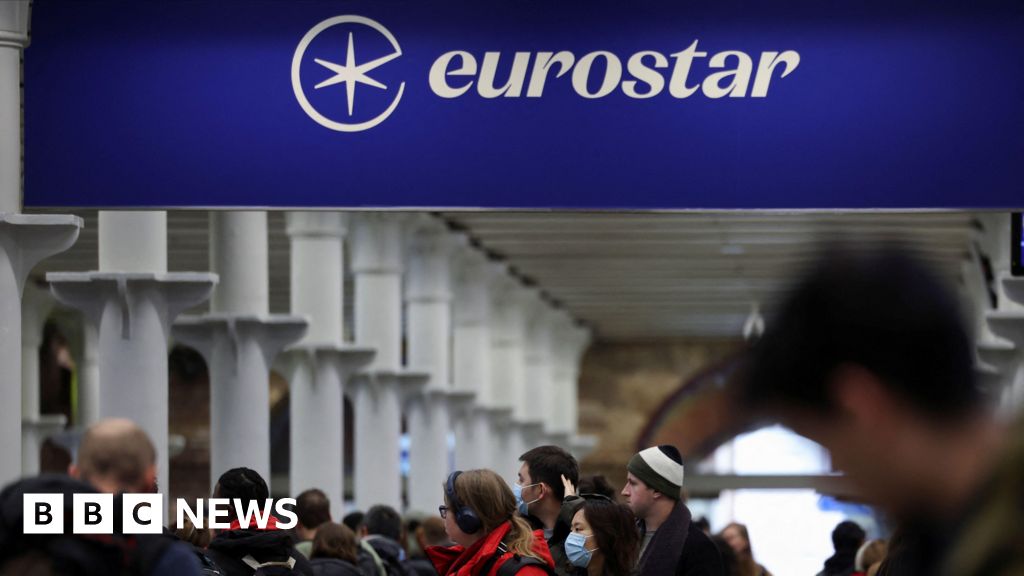Queueing at busy times is already an issue for space-constrained Dover.
The port’s chief executive Doug Bannister told the BBC its plans aimed to “minimise dwell times, queues and of course congestion out on the road network and throughout the town”.
When EES kicks in, coaches – which carry dozens of passengers – will go to the Western docks, away from the main check-in areas. Coach halls will be built there, with new kiosks to register details.
Mr Bannister said passengers will then “proceed through the border in the Western docks, re-board their coach, the coach will get sealed, and it will come down here to the ferry terminal. As long as the seal’s intact the coach will proceed directly around to check-in.”
There will be a different process for cars and other vehicles. To start with, they will file into the usual lanes upon arrival at the port.
The port boss said they will be “met by one of our agents with a tablet” and asked for their details. A canopy will be put up over the lanes for weather protection.
The time it takes to go through border controls is likely to rise from 45 to 90 seconds to a couple of minutes or more per person when registering for EES.
By summer next year, the hope is to relocate that car processing to the Western docks too. This relies on an old dock being filled in to create more land.
The port plans to create more holding space around the port by September 2027.

